Eurasian bullfinch (Pyrrhula pyrrhula)
🐦 Eurasian Bullfinch (Pyrrhula pyrrhula)
The Eurasian Bullfinch is a strikingly colored and stocky songbird found throughout Europe and parts of Asia. Known for its soft, whistling calls and vivid plumage, especially in males, this species is a quiet but charming presence in woodlands and gardens.
🔍 Identification
- Size:
- Length: ~15–17 cm
- Wingspan: ~22–26 cm
- Weight: ~21–27 g
- Plumage:
- Male: Bright rose-red underparts, black cap, black wings and tail, grey back, and white rump
- Female: More subdued, with grey-brown underparts but same black cap and wings
- Juveniles: Similar to females but lack a black cap
- Bill: Short and thick—ideal for seed-cracking
- Call: A soft, melancholy “peu” or “pip” call; quiet, fluting song used sparingly
🌍 Distribution & Habitat
- Range:
- Found across Europe, Russia, and Asia to Japan
- Resident in most areas; some northern populations migrate south in winter
- Habitat:
- Prefers mixed and coniferous woodland, forest edges, hedgerows, orchards, and gardens
- Often seen in pairs or small family groups, not large flocks
🍽️ Diet
- Primarily seeds and buds of trees and shrubs (especially in spring—sometimes damaging fruit trees)
- Also eats insects, especially during the breeding season to feed chicks
- Known to feed on ash, maple, and fruit tree buds
🐣 Breeding
- Breeding Season: April to July
- Nesting:
- Nests are well-concealed in dense shrubs or low trees
- Built from twigs, moss, and fine roots
- Clutch Size: Typically 4–6 eggs
- Incubation: ~12–14 days by the female
- Both parents feed the chicks after hatching
🌟 Behavior
- Usually shy and quiet, often going unnoticed unless actively sought
- Tends to stay low in vegetation or perch quietly in trees
- Does not form large flocks, unlike many other finches
✅ Conservation Status
- IUCN Red List: Least Concern
- Population trend: Stable in most of its range, though has declined locally due to habitat loss and changes in agricultural practices
📌 Summary
The Eurasian Bullfinch (Pyrrhula pyrrhula) is a beautiful, soft-spoken bird with distinctive plumage and a calm demeanor. Despite its striking colors, it often goes unnoticed due to its quiet habits. Favored by birdwatchers and garden visitors alike, the bullfinch is a treasured species that adds a splash of color and a gentle whistle to the European countryside.

Here’s a refined analysis of the Eurasian Bullfinch (Pyrrhula pyrrhula), based on the Wildpix article and reliable ornithological sources:
🎨 Identification & Appearance
- Size: Adults measure around 15–17 cm in length with a wingspan of 22–26 cm; males weigh ~21–38 g (wildlifevagabond.com).
- Sexual dimorphism:
- Males sport a vivid rosy-red chest and underparts, a grey mantle, black cap, wings, tail, and a distinctive white rump/wing bar (en.wikipedia.org).
- Females and juveniles are more subdued—grey-buff to brownish underparts—and juveniles lack the black cap (karits.eu).
🌍 Distribution & Habitat
- Range: Broad Palearctic distribution—from Europe through Russia to Japan, with occasional partial migrations from northern populations (en.wikipedia.org).
- Habitat: Prefers mixed and coniferous woodlands, forest edges, hedgerows, orchards, parks, and gardens, often near dense shrub cover (datazone.birdlife.org).
🥗 Diet & Feeding Behavior
- Primarily herbivorous: feeds on seeds, buds, young shoots, berries, especially in spring when buds of fruit trees are abundant (en.wikipedia.org).
- During the breeding season, supplements diet for chicks with invertebrates—spiders and insects (first-nature.com).
- Notably stockpiles food in throat pouches during nest-feeding (a-z-animals.com).
🐣 Breeding & Behavior
- Timing: Breeding occurs from April to July; 2–3 broods of 4–6 eggs each .
- Nest: A cup of twigs, moss, lichen, lined with fine roots/hair, placed in dense shrubs or low trees 1–5 m off the ground (datazone.birdlife.org).
- Parental care: Both parents feed chicks; males also feed incubating females (animaldiversity.org).
- Social behavior: Generally shy and seldom in large flocks—pairs or family groups most common, though up to ~50 birds can gather outside breeding season (animaldiversity.org).
🎶 Vocalizations
- Known for soft, melancholy whistles (“peu,” “pip,” “diu-diu”) and a subtle warbling song, especially near mates or when agitated (finchnetwork.org).
🛡️ Predation & Conservation
- Predators: Vulnerable to sparrowhawks, magpies, jays, stoats; habitat loss from hedgerow removal poses major risk (first-nature.com).
- Population trends: Listed as Least Concern by IUCN, with 35–70 million mature individuals—but declining modestly, especially in farmland (datazone.birdlife.org).
- Threats: Declines linked to changes in agri‑habitat and woodland structure. In the UK, populations dropped ~36% since the 1970s .
- Conservation efforts: Protected under national biodiversity plans; key strategies include hedgerow restoration and woodland understorey management (datazone.birdlife.org).
🌟 Insights from Wildpix
Though I don’t have direct access to the specific Wildpix post you linked, their photography generally emphasizes:
- The male’s vibrant breeding plumage contrasted against natural backgrounds.
- The bullfinch’s compact posture and strong bill—perfectly captured in close-up scenes of feeding or perching.
- Natural settings like hedges, woodland edges, or garden shrubs providing context to their preferred habitats.
✅ Summary
The Eurasian Bullfinch is a compact, striking finch—males resplendent with rose-red plumage, while females are more modestly colored. They inhabit woodland edges, orchards, gardens, and hedgerows across Eurasia. Their feeding habits focus on buds and seeds, and during breeding they shift to feeding insects to chicks. With cozy, well-hidden nests and melodious yet subtle vocalizations, they lead relatively quiet lives in small groups. Despite their abundance, population declines linked to habitat loss call for targeted conservation action, such as hedgerow and understorey preservation.
If you’d like to dive deeper into their song structure, subspecies variation, regional breeding success, or how to attract bullfinches to your garden, just let me know!
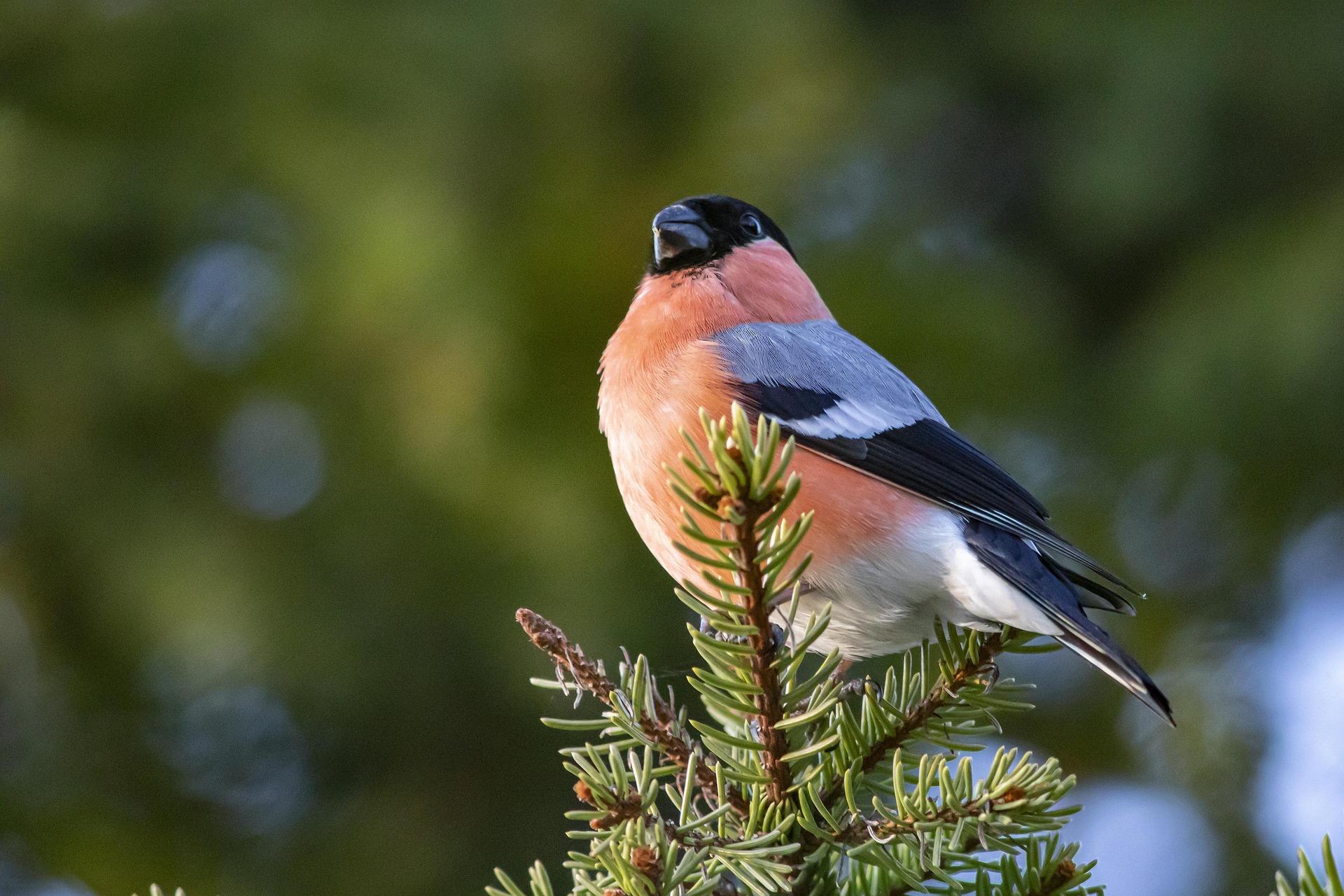
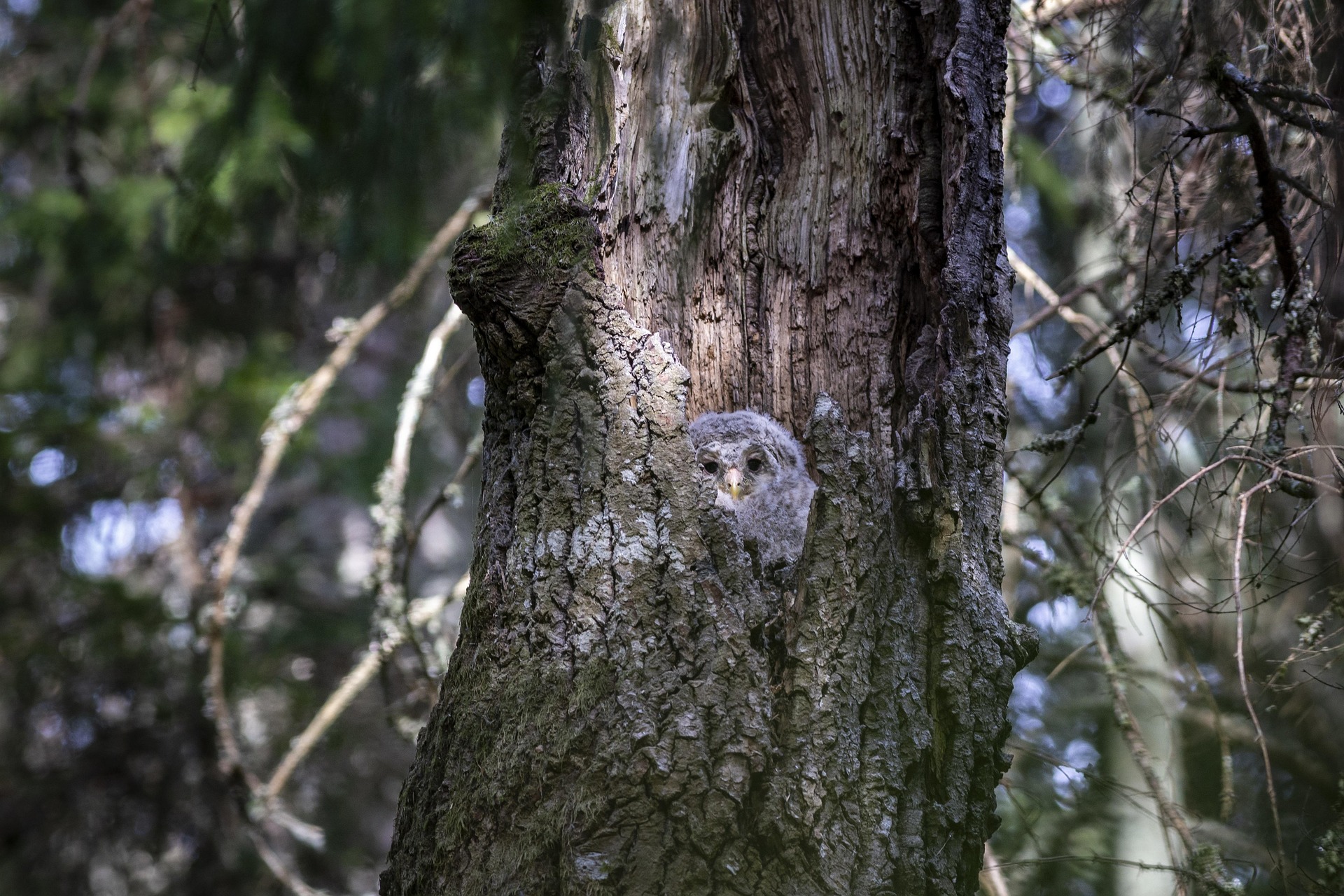

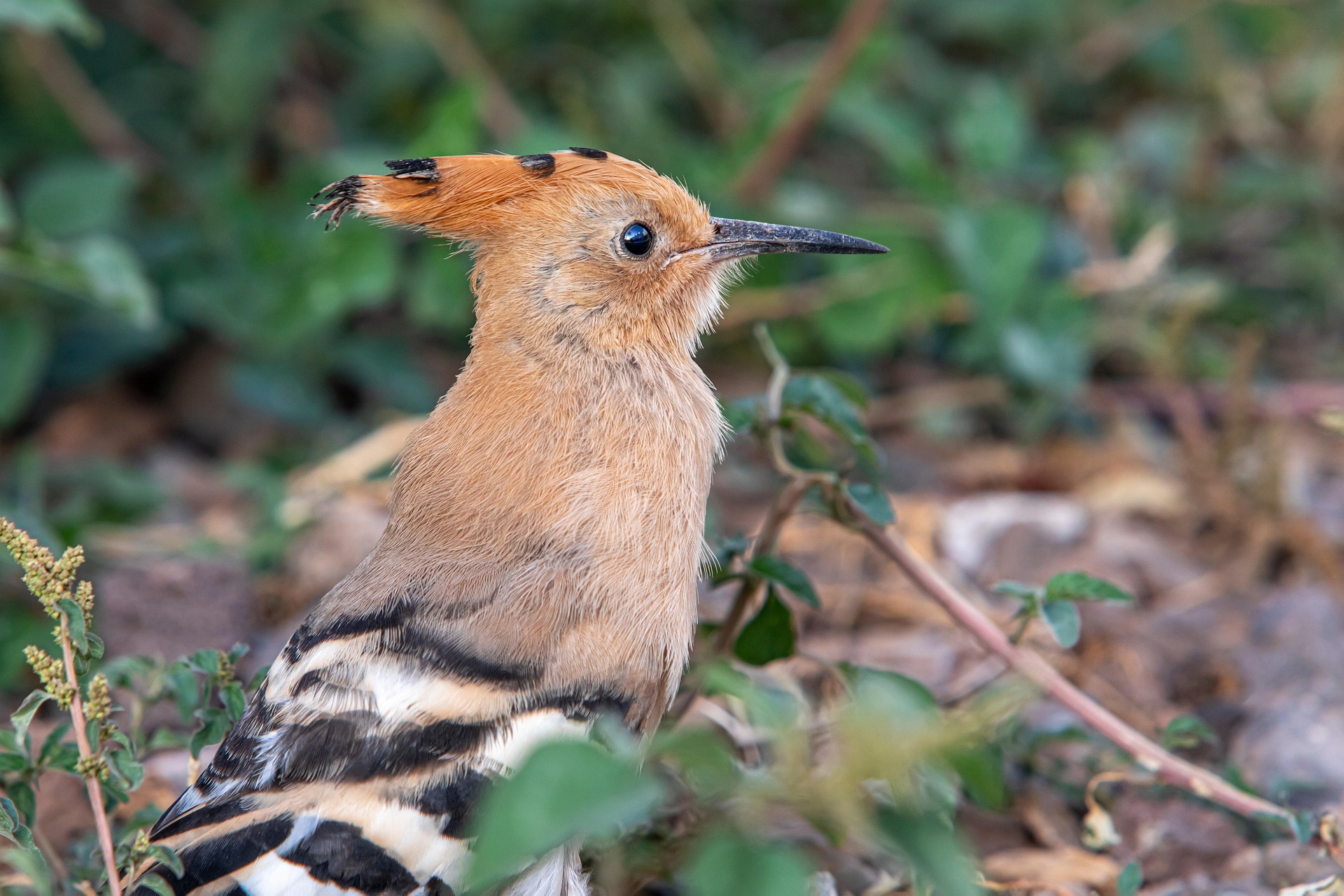

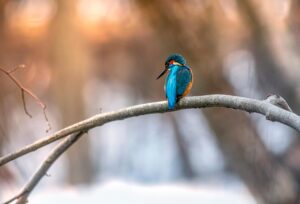
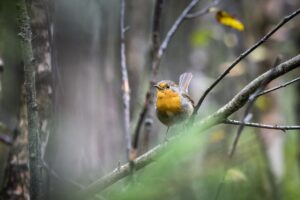

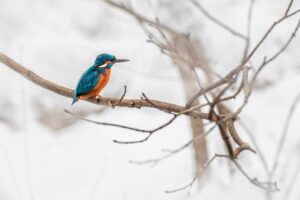
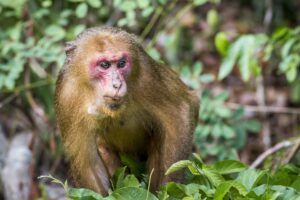
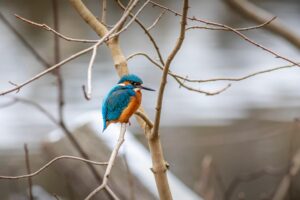
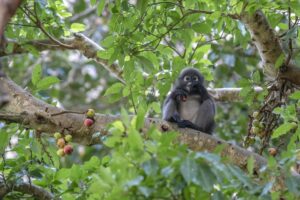
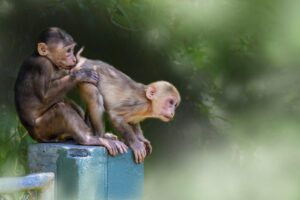

Post Comment